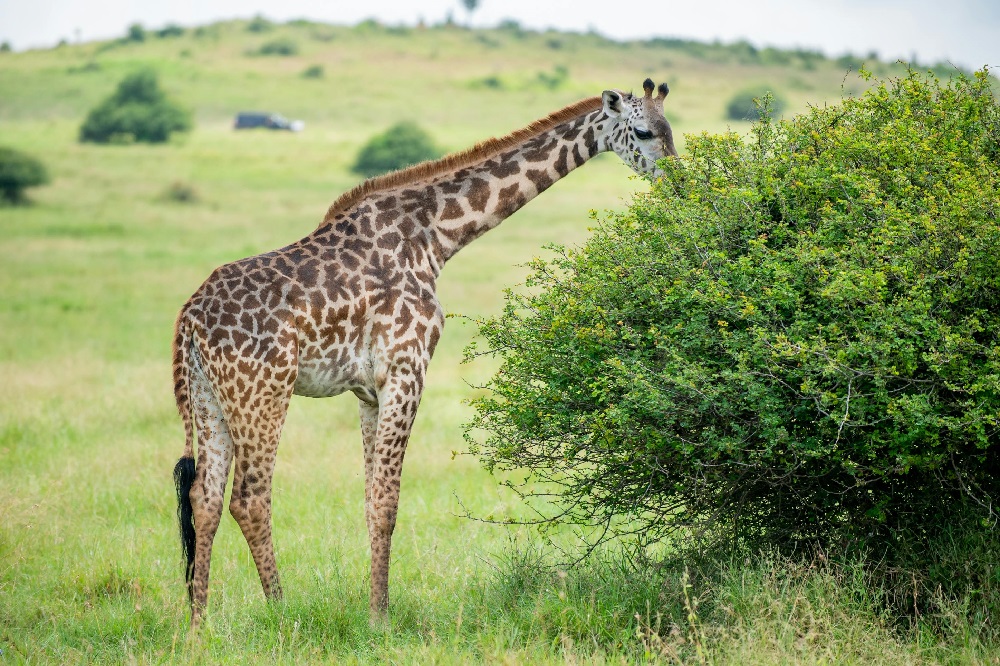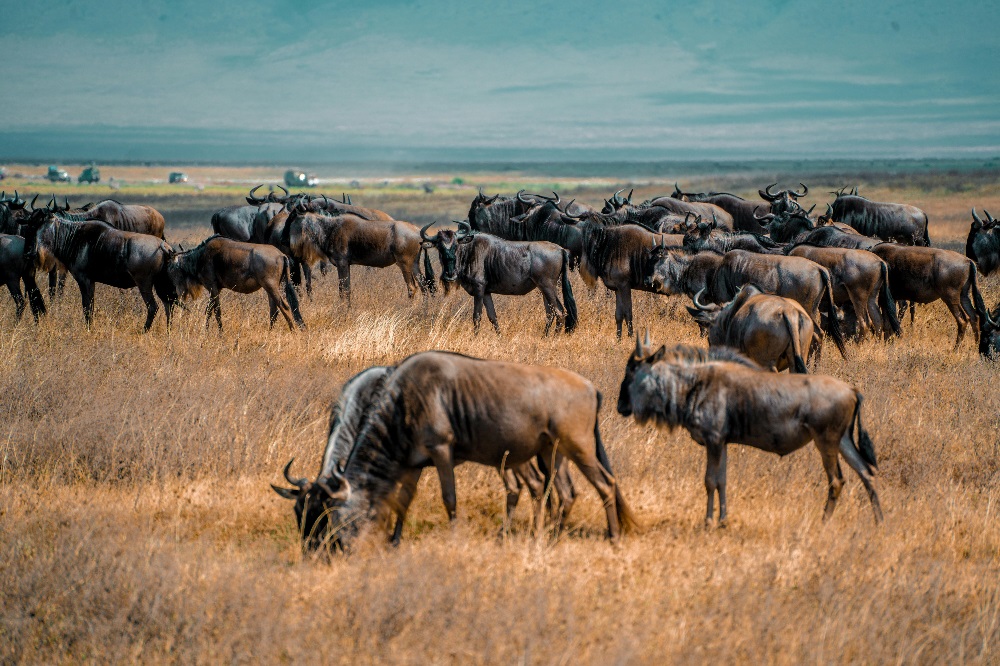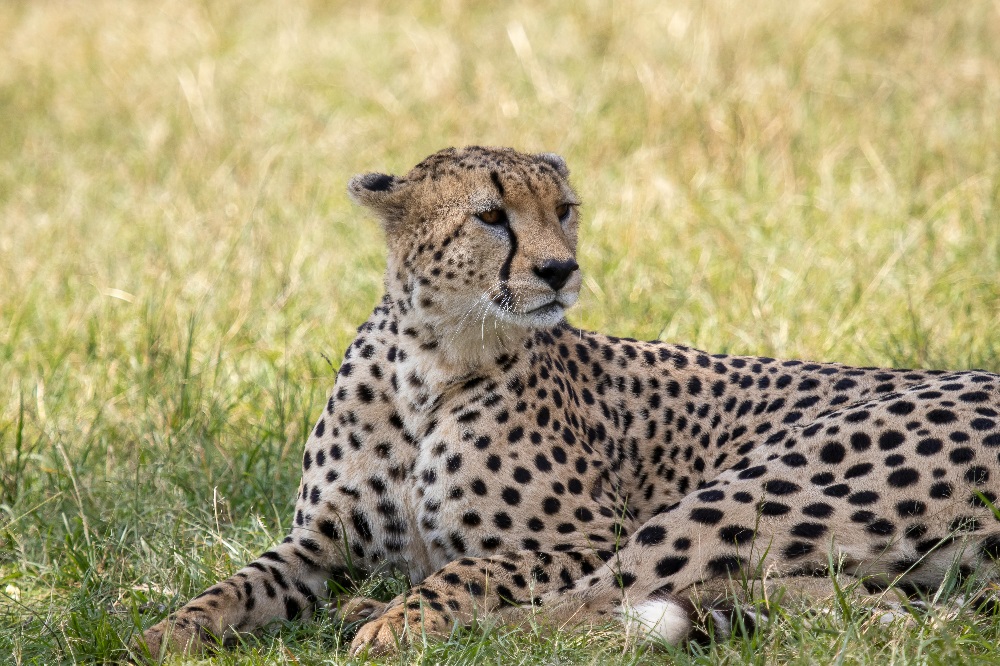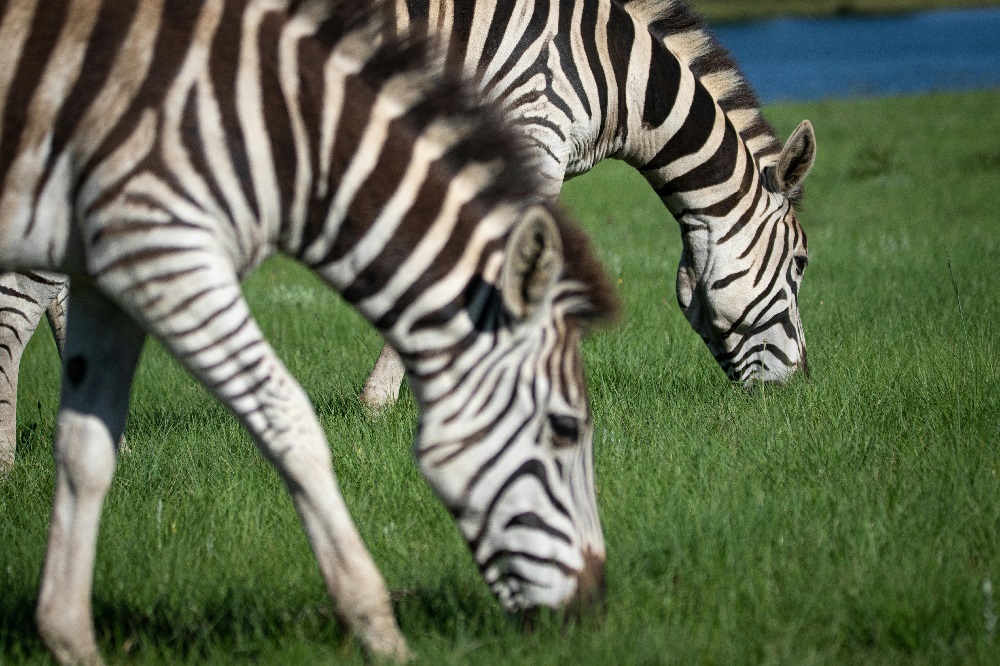The Serengeti is a place where every day offers something unique, but the timing of your safari can significantly influence your overall experience. The best period to go depends on what you want to see most. For many travelers, the highlight is the Great Migration, when over a million wildebeest, along with zebra and gazelle, make their epic journey across the plains. This spectacular event happens in different stages throughout the year, meaning that “best time” is subjective. From late December through March, the southern Serengeti bursts to life during calving season, offering remarkable predator-prey interactions as thousands of newborn wildebeest take their first steps. From June to July, the migration pushes northwards and the thrilling Grumeti River crossings begin, creating heart-pounding scenes as animals face crocodile-infested waters. August to October brings the drama of the Mara River crossings in the northern Serengeti, one of nature’s greatest spectacles.
If you prefer fewer crowds and slightly lower prices, November and early December can be an excellent choice. This period falls during the short rains, bringing fresh green landscapes and active wildlife, yet with fewer vehicles around. The Serengeti’s sheer size means there is always wildlife to see, from resident lion prides and cheetahs to elephants, giraffes, and an astonishing array of birdlife. Ultimately, the “best” time is about aligning your trip with the wildlife experiences that matter most to you.
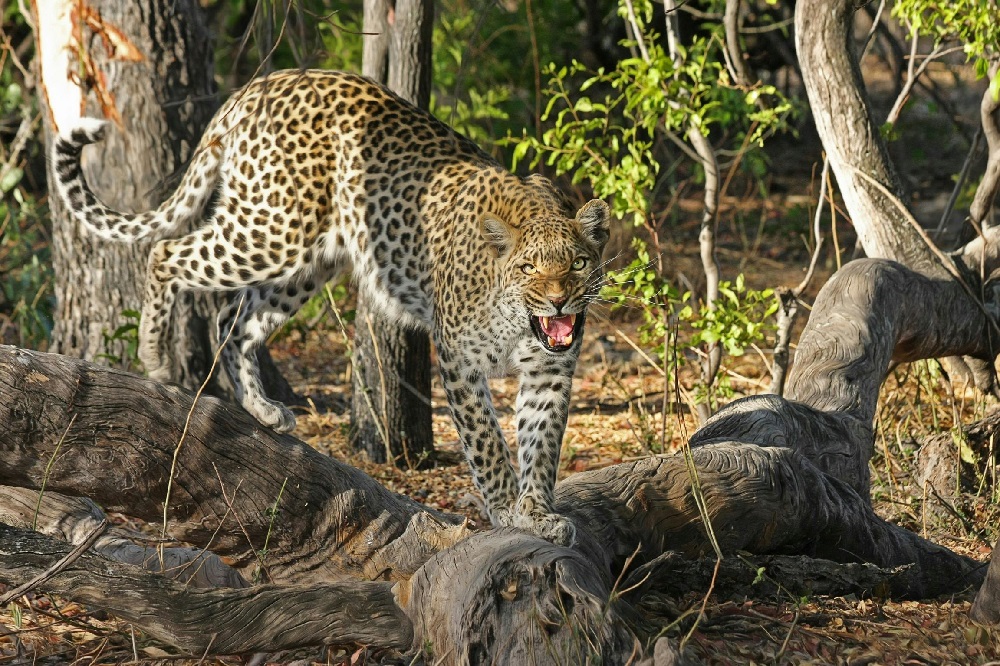
How Much Does It Cost to Enter Serengeti?
Park fees for the Serengeti are set by the Tanzanian government and help fund conservation efforts, anti-poaching units, and community projects. As of recent years, international visitors typically pay around $70 per adult per day for entry, while children between 5 and 15 years are charged a reduced rate, and those under 5 can enter for free. These fees apply for each 24-hour period spent inside the park, so planning your itinerary efficiently can help manage costs. On top of the entry fee, you may also have vehicle charges if you are on a self-drive safari, or your tour operator will incorporate these fees into the total safari package price.
While the fees may seem high at first glance, they directly contribute to preserving one of the world’s most iconic wildlife reserves. Considering the incredible experience you receive—vast golden plains, endless skies, and close encounters with the Big Five—many visitors find the value more than justified. The key to making the most of your budget is to balance the number of days in the park with the quality of your lodge or camp and the expertise of your guide.
What Is the Best Time to Visit Kenya?
While the Serengeti is in Tanzania, many travelers combine their trip with a visit to Kenya’s Masai Mara, especially during the Great Migration. Kenya’s peak safari season runs from late June to October, coinciding with the Mara River crossings and dry weather that makes wildlife easier to spot. January and February can also be excellent months, with warm temperatures and fewer crowds compared to the migration months.
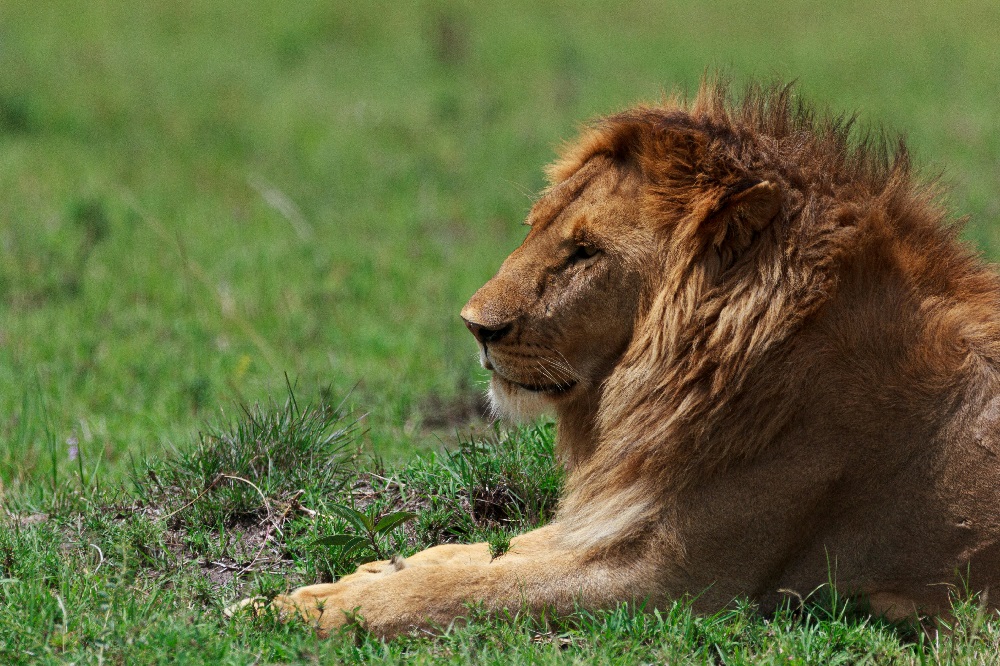
If your goal is to witness the migration from both sides of the border, you can visit the Serengeti in July or August as the herds move north, then head into Kenya’s Masai Mara shortly afterward to catch the same animals crossing back into Tanzania around September or October. This cross-border approach allows for a rich and varied safari experience, with the added bonus of seeing different landscapes and wildlife densities.
Can You Do the Serengeti on a Budget?
A Serengeti safari doesn’t have to be a luxury-only experience. While high-end lodges with infinity pools and gourmet dining can cost hundreds to thousands of dollars per night, there are also mid-range tented camps and even public campsites for budget-conscious travelers. Going on a group tour rather than a private one can lower costs significantly, as expenses are shared.
Another way to save is by visiting in the shoulder seasons, such as November or early December, when accommodation rates are lower but wildlife viewing remains excellent. Self-drive safaris are possible, though they require good navigation skills and a reliable 4×4 vehicle. Budget travelers often choose to stay in lodges or camps just outside the park gates, reducing nightly accommodation rates while still accessing the park daily. Even with budget options, the experience of being surrounded by the Serengeti’s sweeping plains and wildlife remains magical.
Is It Worth Going to Serengeti?
For anyone who dreams of Africa’s wild heart, the Serengeti is more than worth the journey—it’s the embodiment of the safari dream. It offers one of the most biodiverse and well-preserved ecosystems on the planet, home to more than 70 large mammal species and over 500 bird species. Unlike some reserves that feel fenced or limited, the Serengeti is boundless, allowing for authentic and uninterrupted wildlife encounters.
From watching a leopard draped across an acacia branch to hearing the distant roar of a lion under the stars, the park delivers a sensory experience that stays with you long after you leave. For photographers, it is paradise, offering soft golden light at sunrise, dramatic sunsets, and subjects ranging from vast herds to intimate animal moments. Whether you visit during the migration or in the quieter green season, the Serengeti offers an unparalleled connection with nature that justifies every penny and mile traveled.
What Is the Best Time to Visit Masai Mara?
The Masai Mara, often visited alongside the Serengeti, has its own wildlife peaks. The most famous is between July and October, when the Great Migration herds cross into Kenya, creating dramatic river crossing scenes. However, the Mara also boasts a high density of resident predators, meaning you can visit outside migration months and still enjoy exceptional game viewing. January to March offers clear skies and excellent predator sightings, while April to June, although wetter, sees fewer tourists and lush green landscapes.
If your trip is focused on seeing the migration in both parks, timing is everything. Start in the Serengeti in late June or early July, then cross into the Mara as the herds follow the rains. This strategy offers the rare chance to witness the migration twice in one trip, maximizing your safari value and experience.
Is October a Good Time to Go to the Serengeti?
October is one of the most rewarding months to visit the Serengeti, especially the northern region. During this time, the migration herds are still in the north, crossing the Mara River back into Tanzania from Kenya’s Masai Mara. These crossings can be as dramatic as those in July and August but with fewer crowds.
The weather is generally warm and dry, creating excellent visibility for wildlife viewing. Predators are active, taking advantage of the concentrated prey, and the golden grasses of the dry season make for beautiful photographs. Because October is just before the short rains, it’s a comfortable month for travel, with less dust than August and more affordable rates than the peak migration months.
How Crowded Is Serengeti?
The Serengeti’s sheer size—spanning 14,750 square kilometers—means that even during peak season, you can find areas with few other vehicles. However, during major migration events, especially river crossings, certain hotspots can become crowded as multiple safari vehicles gather for the action.
If you prefer a quieter experience, work with your guide to focus on less-visited regions of the park, such as the central Seronera Valley during the shoulder season or the remote Western Corridor in early June. Traveling outside peak months like July and August can also ensure a more exclusive experience while still offering spectacular wildlife viewing.
Which Month Is Best for Tanzania Safari?
For most travelers, the dry season from late June to October is the prime time for a Tanzania safari. Wildlife gathers around water sources, making it easier to spot animals, and the weather is pleasant with minimal rainfall. However, the green season from November to May has its own charms. Calving season in February in the southern Serengeti is a highlight, offering the chance to see thousands of newborn wildebeest and the predators that follow.
Choosing the best month depends on your priorities—migration river crossings, predator activity, birdwatching, or lush landscapes. Many safari veterans recommend tailoring your trip to align with a specific event, such as the migration, while still allowing flexibility for other experiences like Ngorongoro Crater or Tarangire National Park.
What Month Is the Great Migration in Serengeti?
The Great Migration is a year-round cycle, but its most iconic moments happen during specific months. From December to March, the herds are in the southern Serengeti for calving season. By April and May, they start moving northwest toward the Grumeti River, arriving there around June. From July to August, the herds cross into the northern Serengeti, tackling the Mara River crossings into Kenya.
September and October see the herds crossing back into Tanzania, often offering spectacular scenes with fewer crowds than mid-year. By November, the herds head south again, completing the cycle. Understanding these patterns helps you plan your trip around the specific migration phase you most want to witness, ensuring an unforgettable Serengeti adventure.

